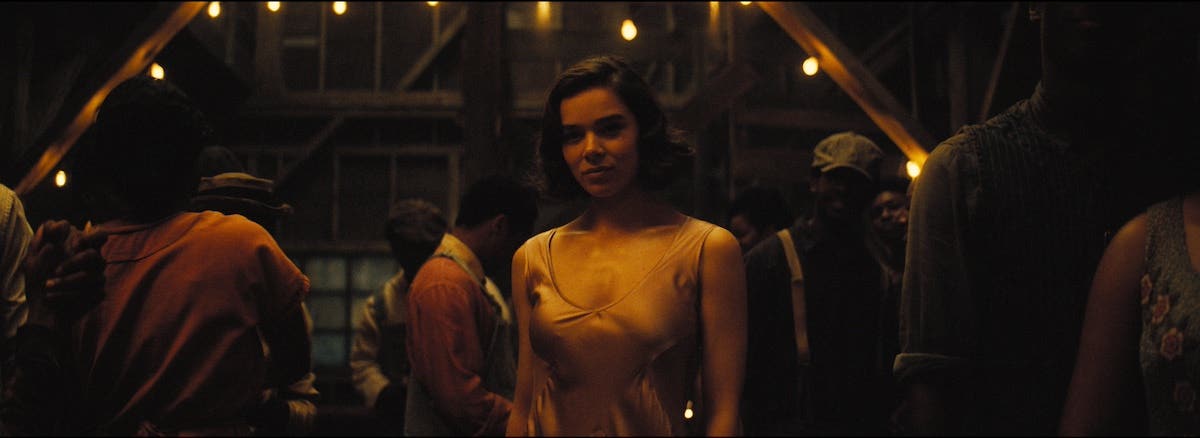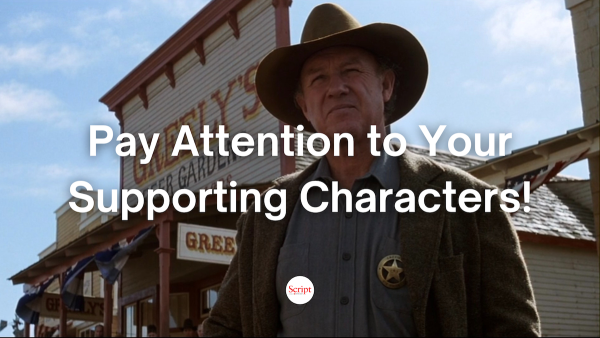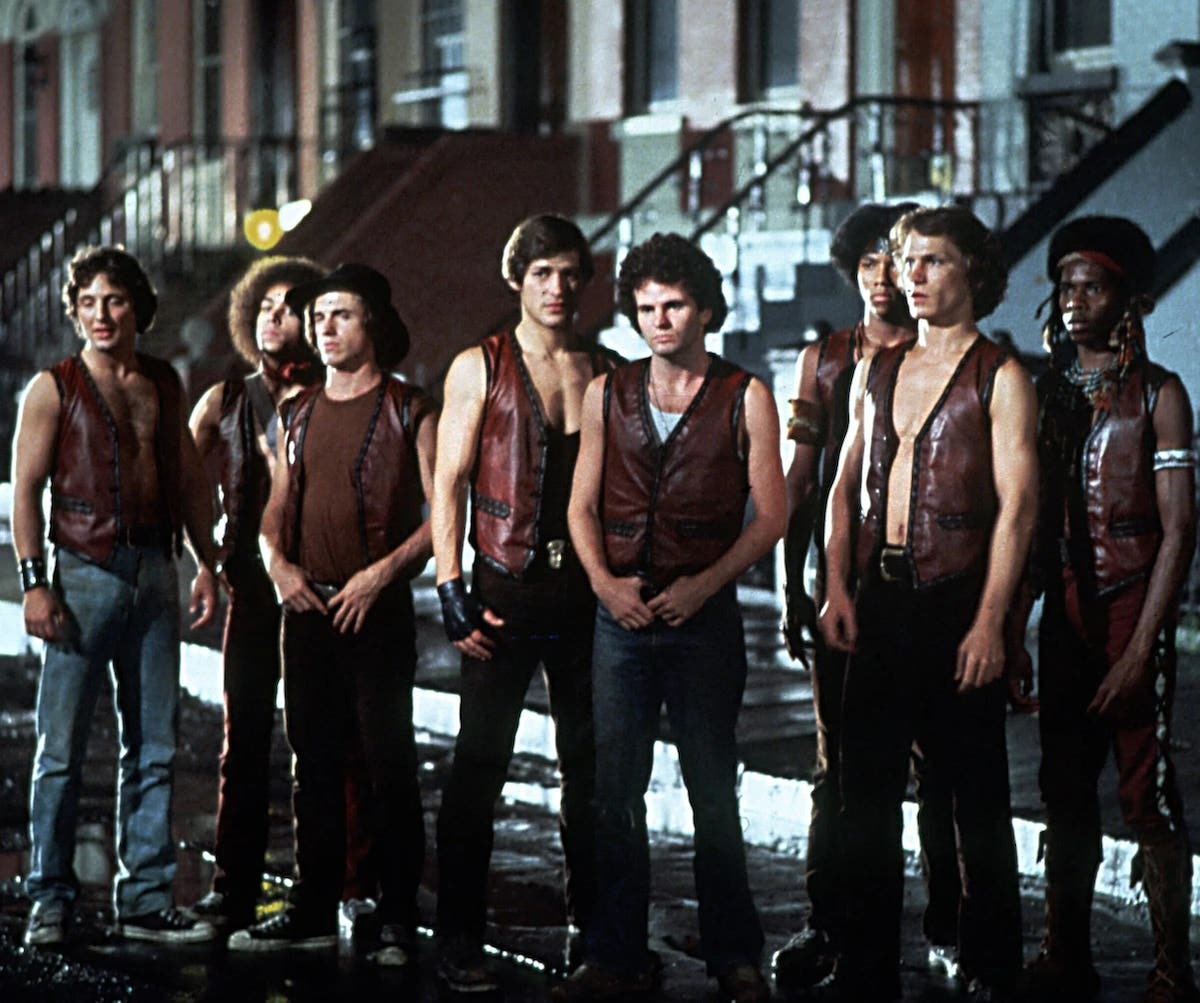Wendy’s LA4HIRE: Best Screenwriting Tips for Great Dialogue
Producer and premier script consultant, Wendy Kram L.A. FOR HIRE, provides essential ingredients to screenwriters for writing great dialogue.
Wendy Kram is a producer and the owner of LA FOR HIRE, a consulting company for screenwriters, filmmakers and production companies needing script development to sell and produce their projects. Follow Wendy on Twitter @wendyla4hire.
As a producer and script consultant who reads hundreds of screenplays, one of the most common weaknesses in the majority of scripts I review has to do with dialogue that is expositional, or what we call "on the nose" -- where characters state exactly what they are thinking and feeling, or tell us information we already know. One of the best things you can do for your career as a screenwriter is to write great, believable dialogue that defines your characters and is rich with subtext. Producers, readers (the gate-keepers), agents, and executives will take notice, want to meet you, and hire you.
Finding great dialogue among thousands of scripts can be a rare commodity and if you can develop this skill, it will make you stand out and get you work.
My primary tip with respect to writing great dialogue is to avoid exposition at all costs, meaning don't have your characters state exactly what they are feeling, thinking and/or summarizing action they plan to take, or have already taken. Ironically, great dialogue can occur in the absence of words -- allowing your characters silences and unspoken actions that take place between what they say. It's the old adage: Show, don't tell (or don't over explain).
In Mad Men, one of the series' most memorable and shocking moments took place when Betty Draper shot at her neighbor's pigeons right after she had a failed stint at getting back into her former modeling career. Don told her she didn't need to work because she was a great mother. Betty had just finished making pancakes for her children. On the surface, she should have been happy, but she was frustrated and stifled by her domestic role, and rather than say so, she went outside and took aim.
This moment is a powerful, dramatic example of a woman who wasn't able to express herself in words and instead went outside and found another way to express her anger. The result: a great, unexpected, authentic, shocking and indelible moment in television.
Why? Because in real life, people rarely say exactly what they're feeling, therefore actions, like the one Betty Draper took, resonate because we can identify with feeling frustrated, unable to express that frustration, and then taking it out somewhere else.
Let's look at another situation with a woman who is pissed at her romantic partner because he hasn't been paying attention to her lately. When he comes home from work and kisses her, she offers her cheek and turns away from him. Then when he asks her if she's mad about something, it's unlikely that she would respond by saying something along the lines of, "You know the other day when I wore a new dress and got my hair done and you didn't say anything, well that hurt my feelings." Instead, it's more likely she would say, "Nothing. Nothing's wrong."
What the woman might be feeling in the above scenario is, "Please notice me. I'm afraid you don't find me attractive anymore. I know you're getting bored with me and will want to leave me, so I don't want to be nice to you because you're going to hurt me." But if you were to have her state her actual feelings, her inner dialogue, the writing would sound "on the nose"; whereas if you have her say, "Nothing," we know it's not "nothing." And this is how you build dramatic tension.
Characters come to situations with separate agendas, and it's important to understand and convey what these are. In the example above, the woman's partner might have the agenda that he wants to give her a gift, perhaps tickets for a surprise vacation to show how much he appreciates her. He's been under a lot of pressure at work lately and realizes he's been taking her for granted. But when he comes home and sees that she's pissed at him and won't say why, he decides not to give her the present. The dramatic irony is that he was planning to do something nice for her but instead chose not to, thereby reinforcing and escalating her insecurities and fears of abandonment.
The above is just another example that demonstrates subtext, i.e. where characters say or do the opposite of what they're thinking and feeling. When you can do this, you get your audience to identify with your characters and invest in their outcome, rooting for them to resolve their issues and come together. With "on the nose" writing, you miss the opportunity to engage your reader on this deeper level and risk writing dialogue that is not authentic because people in real life generally don't speak their innermost thoughts out loud.
Matthew Weiner, Mad Men's creator and show runner, is a master at writing with subtext. During an interview, I heard him say he never wants to make it easy for his characters. The statement may seem simple, but it's fantastic advice for screenwriters. Real life is never neat and easy, but rather, it's challenging, clumsy and often messy. In real life, people misunderstand each other all the time because they bring their own private baggage and/or agendas to relationships. We get flustered, put our foot in our mouths, say the wrong thing when we want to say the right thing, fail to apologize out of false pride or hurt, and sometimes a powerful urge to say something is filled with an awkward silence. So why should our characters be different than we are?
Rarely do individuals speak in perfectly articulated prose. Anytime one of your characters speaks this way, catch yourself because this will be a tell-tale sign that you're not inside your character's point of view. Instead, there's a good chance you might be imposing your own agenda, as a writer (not the character) who wants to get across a plot point. Readers, producers, agents, and executives will immediately tell that the dialogue is not authentic because it's not your character who is speaking, but you.
The magic of great dialogue takes place in a writer's capacity to get inside his or her characters' minds and see the world through their unique lens.
In summation:
- Avoid exposition, having characters state exactly what they're thinking or feeling.
- Avoid having characters paraphrase action they plan to take or have already taken or describe information we've already seen and know.
- Write subtext, where characters might say the opposite of what they're thinking and feeling.
- Don't be afraid of awkward silences or unspoken moments and actions.
- Make sure you are writing from your character's point of view and understand his or her agenda.
- Make sure you are writing authentic dialogue, dialogue that reflects real people in real life as opposed to your agenda as a writer to get your plot across, in which case, it is likely to sound more like prose than dialogue.
Related Articles:
- More Wendy's LA4HIRE articles by Wendy Kram
- Alt Script: Three Ways Alt-Script Writing Can Improve Your Spec Scripts
- Wendy’s LA4HIRE: Essential Ingredients to Writing a Screenplay that’s Powerful
Get more screenwriting success tips from Wendy Kram in her OnDemand webinar 12 Top Tips to Write a Screenplay That Gets Noticed by Agents and Production Companies
Wendy Kram is a producer and the owner of LA FOR HIRE, one of the industry's leading consulting companies for screenwriters, filmmakers and production companies, assisting them in developing, packaging and selling their projects. Creative Screenwriting Magazine ranks her in the Industry’s Top 3 Picks for “Best Script Consultants” with expertise in marketing. She is a respected, working producer with multiple features and series in active development, and she is responsible for securing high six-figure deals for her clients. To learn more about Wendy’s services, success stories and how she may be able to help you advance your projects, email wendy@la4hire.com.







